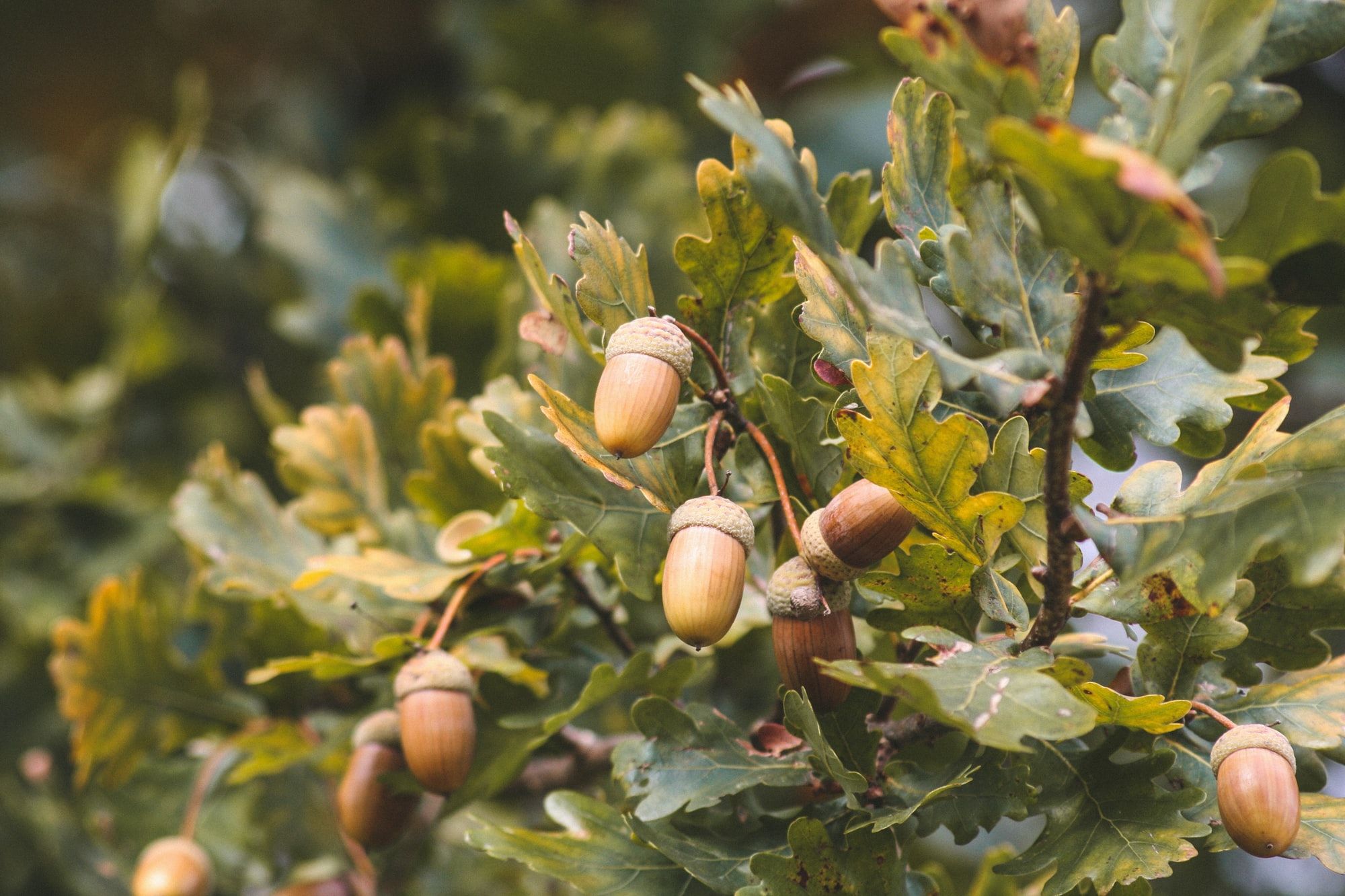
🌳 Experimental “super forest” shows how to plant trees the right way
This experimental “super forest” in England aims to show us how to plant trees the right way.
Share this story!
Near the Blenheim Palace in Woodstock, Oxfordshire, is where this tree-planting initiative is taking place. Just a few miles from the palace are some of Europe’s oldest oak trees standing, making up a medieval forest that plays a key role in the reforestation project. Acorns from the old oaks are playing a key role in the experimental “super forest” which is being planted in the area.
The fall of 2020, the old oaks produced an abundance of acorns that were collected and planted in pots at a tree nursery on the estate. Even though it can take years before the saplings are ready to be moved out into the forest, conservationists believe that the ancestry of the Blenheim oaks is worth the wait since they can support hundreds of different species of insects, fungi and birds.
In order for the UK to meet their target of creating 30 000 hectares of woodland per year, planting trees strategically is key. Long-lasting forests are a must and for it to be long-lasting it has to involve a mix of different species that can provide habitat for wildlife while also capturing CO2.
The Blenheim project stands out in this area. The experimental forest mission is to create a blueprint of planting biodiverse woodland that can sequester carbon and provide nature accessible to the public. This far, the biodiverse woodland formula contains 27 different types of trees and that includes “conifers of carbon sequestration, as well as broad-leafed and native trees for biodiversity (e.g. the Blenheim oaks)” as explained by Optimist Daily.

By becoming a premium supporter, you help in the creation and sharing of fact-based optimistic news all over the world.



